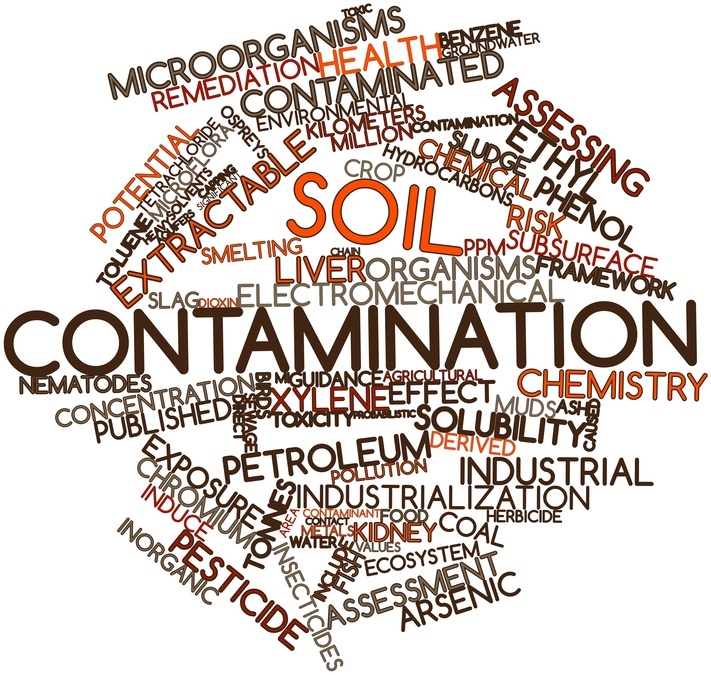Cleanroom classifications

To choose cleanroom gloves, nitrile gloves or latex gloves, it is better to understand the cleanroom classification. Cleanrooms are classified according to the number and size of particles permitted per volume of air. Large numbers like “class 100” or “class 1000” refer to Federal Standard 209E (FS 209E), and denote the number of particles of size 0.5 µm or larger permitted per cubic foot of air. The standard also allows interpolation, so it is possible to describe e.g. “class 2000”.
The ISO 14644-1 standard uses lower numbers, which specify the decimal logarithm of the number of particles 0.1 µm or larger permitted per cubic metre of air. So, for example, an ISO class 5 cleanroom has at most 105 = 100,000 particles per m³.
Both FS 209E and ISO 14644-1 assume log-log relationships between particle size and particle concentration. For that reason, there is no such thing as a “zero” particle concentration. The table locations without entries are N/A (“not applicable”) combinations of particle sizes and cleanliness classes, and should not be read as zero.
Because 1 m³ is approximately 35 ft³, the two standards are mostly equivalent when measuring 0.5 µm particles, although the testing standards differ. Ordinary room air is approximately class 1,000,000 or ISO 9.
| Class | maximum particles/ft³ | |||||
| FS | ISO | ≥0.1 µm | ≥0.2 µm | ≥0.3 µm | ≥0.5 µm | ≥5 µm |
| 1 | ISO 3 | 35 | 7 | 3 | 1 | |
| 10 | ISO 4 | 350 | 75 | 30 | 10 | |
| 100 | ISO 5 | 750 | 300 | 100 | ||
| 1 000 | ISO 6 | 1 000 | 7 | |||
| 10 000 | ISO 7 | 10 000 | 70 | |||
| 100 000 | ISO 8 | 100 000 | 700 | |||
Share this interesting information
